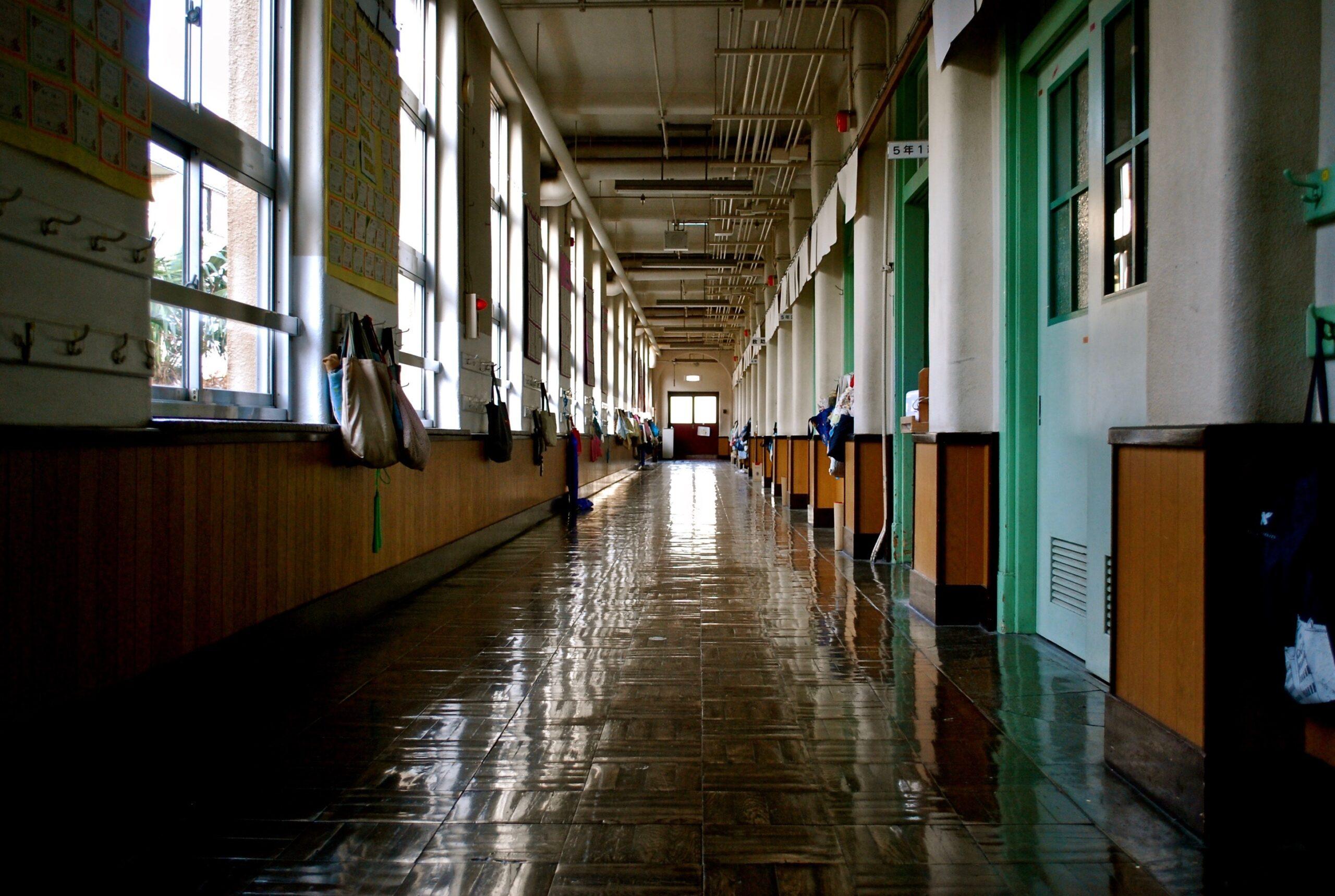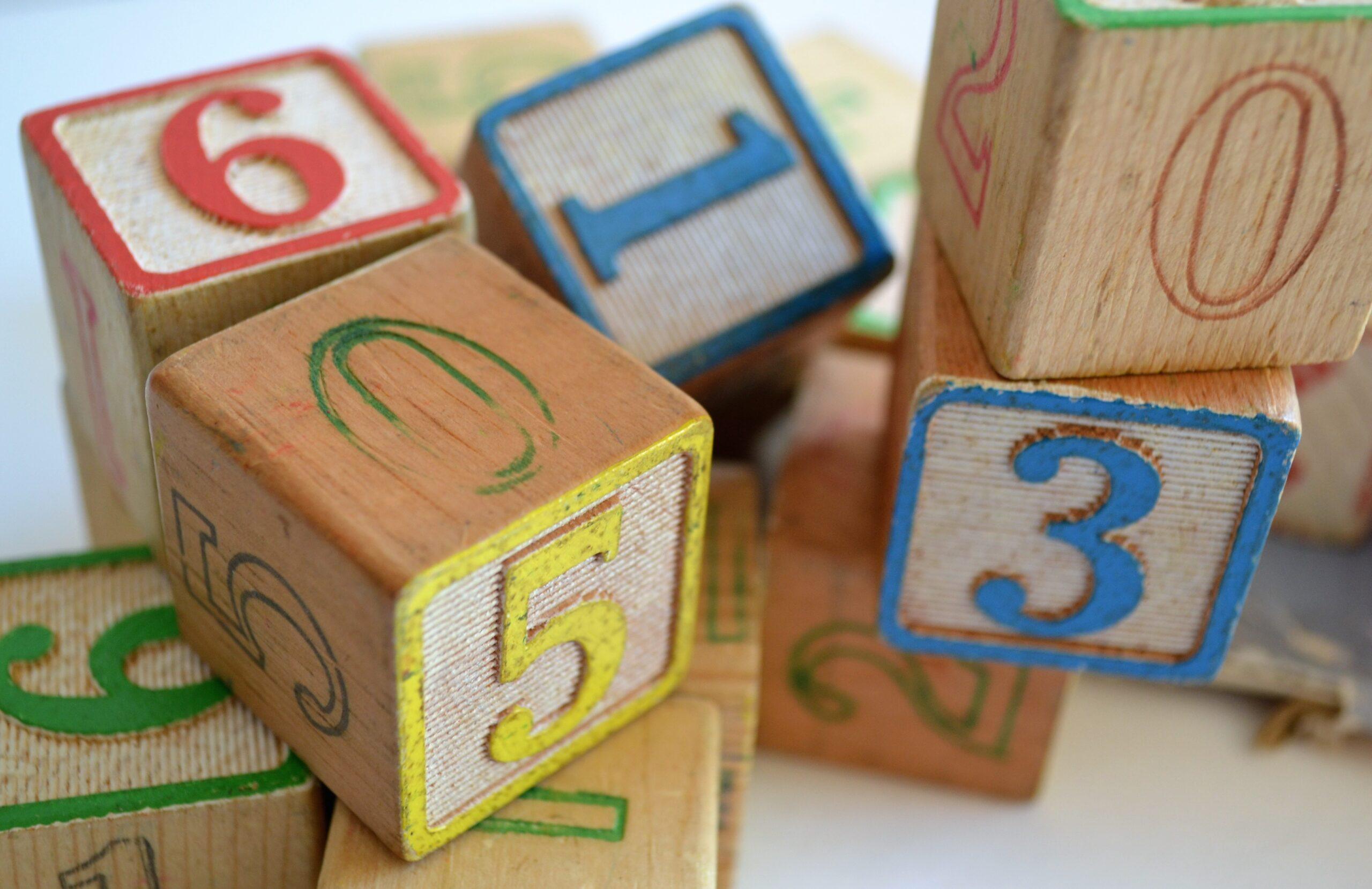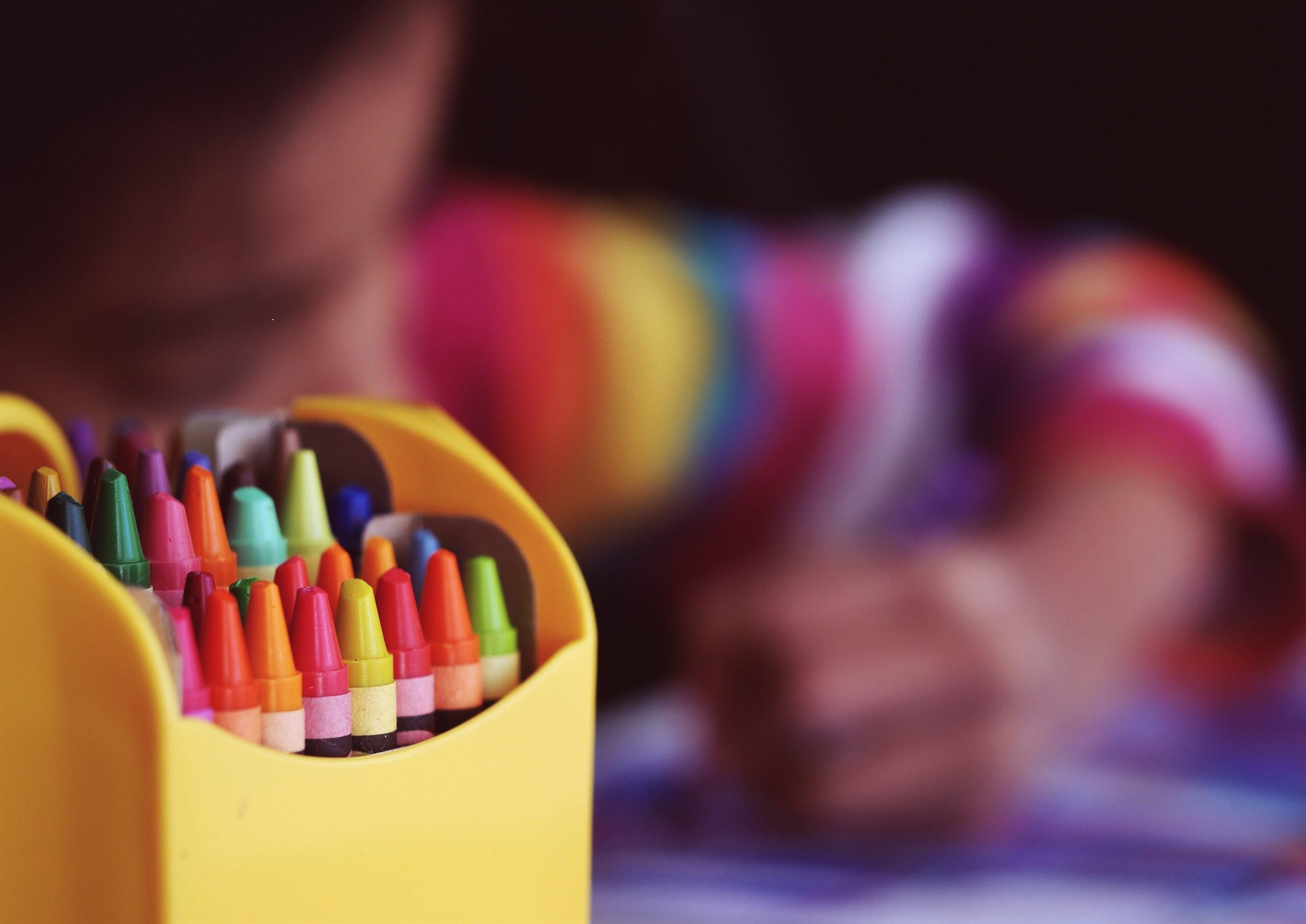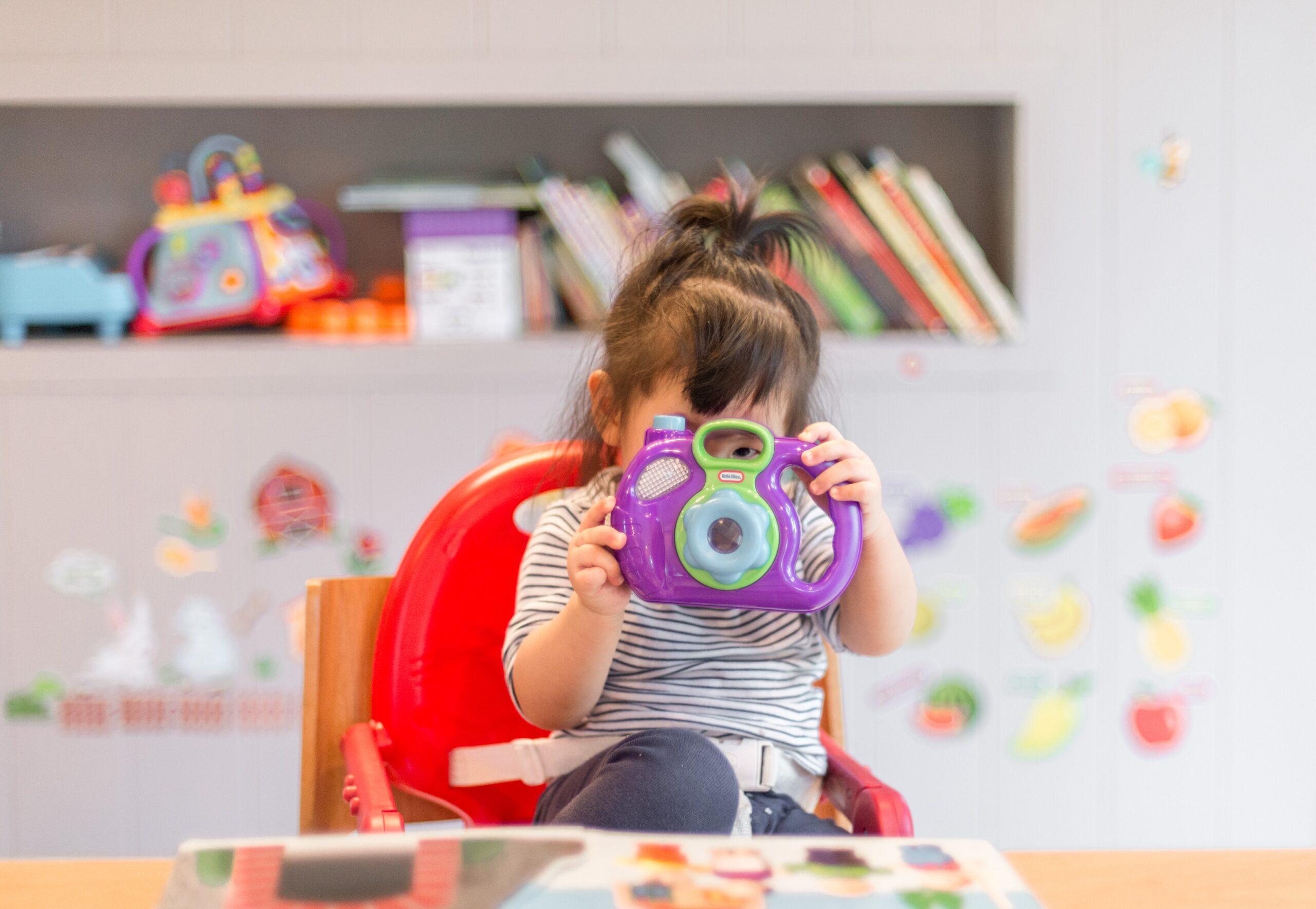When researching preschools, many parents contemplate location, schedule and tuition in deciding where to enroll. But, there are also major educational philosophical differences that should be considered.
A school’s program philosophy centers on the kinds of learning goals the school emphasizes, how the teachers interact with the students, and the kinds of toys and materials in the classroom. Finding the right fit for your child’s personality and your family’s values helps make the preschool years a positive experience.
Play-Based Preschools
This preschool philosophy, also known as “developmental,” is the most common in the United States. Play-based schools believe that children learn best through play. This builds confidence, creativity and a love for school while kids learn in an age-appropriate way.
In play-based schools, different stations are set up around the classroom, such as a reading corner, a dramatic play area and a puzzle table. Teachers facilitate learning while children play and explore. For example, if children start exploring the sand table, the teacher may take that opportunity to talk about pouring and measuring. Kids generally move freely from one activity to another, though children come together for circle time, story time and other group activities.
Developmental schools place a strong emphasis on fostering social skills and getting along with others by sharing, taking turns and resolving conflicts with words instead of crying or hitting. Teachers nurture these skills by helping kids negotiate who gets to play with a toy or which role each child gets to assume in make-believe play.
Montessori Preschools
The Montessori approach is based on the concept that “play is the child’s work.” While Montessori preschools focus on academics, the goal is to let learning happen naturally at the child’s own pace and to foster independence by allowing children to make personal choices. Montessori schools also teach kids skills that enhance self-sufficiency.
Montessori classrooms are structured around particular areas, including practical life, sensorial development, language, mathematics and culture, which encompasses geography, science and music. Within those areas are special toys called manipulatives. In the math area, for instance, a child may learn numbers by tracing rough-textured numbers and saying each number as they trace. Teachers serve more as guides, demonstrating how to use the manipulatives, then stepping back to let the children explore on their own. For additional details about Montessori schools, go to amshq.org, montessori-ami.org and montessori.edu.
Reggio Emilia Preschools
Under the Reggio Emilia approach, a project-based curriculum is followed based on students’ interests. Say students show interest in dinosaurs, then the teacher might begin a project inspired by the prehistoric era, read dinosaur books, organize digging-for-bones activities and lead art activities featuring dinosaurs. In a couple of weeks or months, when the kids show interest in something else, the curriculum changes as such. To learn more, go to reggioalliance.org and innovativeteacherproject.org.
Waldorf Schools
Waldorf schools provide a nurturing environment that feels more like a home than a school. The philosophy focuses on creativity and the arts while emphasizing cooperation. Arts and crafts and make-believe play are strongly encouraged, as well as practical activities such as cooking and gardening. Toys used in the classroom are constructed of natural materials like shells, rope, beeswax crayons and wooden (never plastic) toys. Parents are encouraged to skip TV and computers at home. To learn more, go to whywaldorfworks.org.
Academic Preschools
A structured approach to learning, academic schools promote formal reading and math readiness skills. The idea is that preschoolers benefit by preparing for the rigors of kindergarten and beyond at an early age. Similar to what children can expect in kindergarten, there is a daily schedule of planned activities, making the school day consistent and predictable. Play occurs during recess outdoors or during a free-play period. Classroom time is largely devoted to developing skills, such as color identification, time measurement, problem solving, and reading and mathematical abilities.
Cooperative or Co-op Preschools
Co-op preschools are run by parents, who do everything from assisting in the classroom and editing the newsletter to managing the school’s finances and washing windows. There is typically a paid, professional teacher who leads the classroom and sometimes acts as the director. Everything else is done by the parents. For parents with flexible schedules, a co-op can be a great and affordable option as the sweat equity keeps the tuition cost low. These preschools are usually child-centered and play-based, and operate on a part-time schedule. For more information, go to ccppns.org.
Religious-Affiliated Preschools
If you want your child to receive age-appropriate religious instruction in preschool, explore schools affiliated with a church, synagogue or other religious organization. A religious-affiliated program incorporates some degree of religious content through stories, songs and class time. Most schools welcome students from all backgrounds, though some give strong preference to children within that particular faith and whose families are members of the congregation.
Language Immersion or Bilingual Preschools
In a language immersion or bilingual preschool, the class is conducted partly or entirely in a foreign language. You can find preschools that teach French, Spanish, German, Chinese, Italian and Japanese, among others.
As children learn languages easily at a young age, these preschools take advantage of that window. The teacher speaks a dominant language and rarely, if ever, translates, though she may demonstrate what she means when speaking. At a bilingual school, English and the other language may each be spoken about half the time either throughout the day or on certain days of the week.
If you are not ready to commit to a language immersion program, consider preschools that expose students to a second language through singing, storytelling and optional afterschool enrichment classes.
When touring schools, keep in mind that each particular school may interpret an educational approach in its own way. Some programs also combine philosophies, taking ideas from several to create an original approach. Read each school’s mission statement carefully and talk to the director during your visit to clarify the school’s philosophy.




